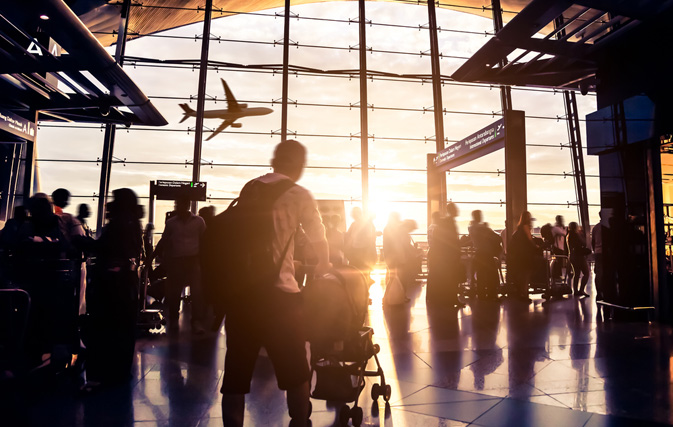GENEVA — More than 7 billion passengers will be travelling by 2035, a near doubling of the 3.8 billion air travellers in 2016, according to the latest stats from IATA.
The biggest driver of demand will be the Asia-Pacific region, expected to be the source of more than half the new passengers over the next 20 years. China will displace the U.S. as the world’s largest aviation market (defined by traffic to, from and within the country) around 2029. India will displace the UK for third place in 2026, while Indonesia enters the top 10 at the expense of Italy. Growth will also increasingly be driven within developing markets. Over the past decade the developing world’s share of total passenger traffic has risen from 24% to nearly 40%, and this trend is set to continue.
“People want to fly. Demand for air travel over the next two decades is set to double. Enabling people and nations to trade, explore, and share the benefits of innovation and economic prosperity makes our world a better place,” said Alexandre de Juniac, IATA’s Director General and CEO.
Global airline passenger traffic growth will put pressure on infrastructure that is already struggling to cope with demand, he added. “Runways, terminals, security and baggage systems, air traffic control, and a whole raft of other elements need to be expanded to be ready for the growing number of flyers. It cannot be done by the industry alone. Planning for change requires governments, communities and the industry working together in partnership,” said de Juniac.
Airlines are already looking for new ways to solve the knock-on impact of flight delays and cancellations, now a US$60 billion problem for the industry, according to a new report from T2RL and Amadeus. Flight disruption – namely delays and cancellations caused by bad weather, natural disasters and strike action and a long list of other disruptors – cost the travel industry some 8% of its global revenues every single year, says the report. “With the number of annual air passengers set to increase to 7.3 billion by 2034, flight disruption is bound to become an increasingly expensive operational problem for airlines, airports and hotels to solve.”
Report author Ira Gershkoff, Principal Consultant, T2RL, said there is every reason to believe the historic challenge of re-routing planes, crew and passengers during disruption will finally be addressed over the next several years. “After a period of limited investment, the will has once again returned across airline boardrooms, driven in large part by the need to deliver reliably on ancillary product sales. What’s important is that service providers are collaborating across the entire industry to mitigate the impact on the traveller.”

